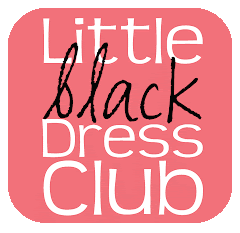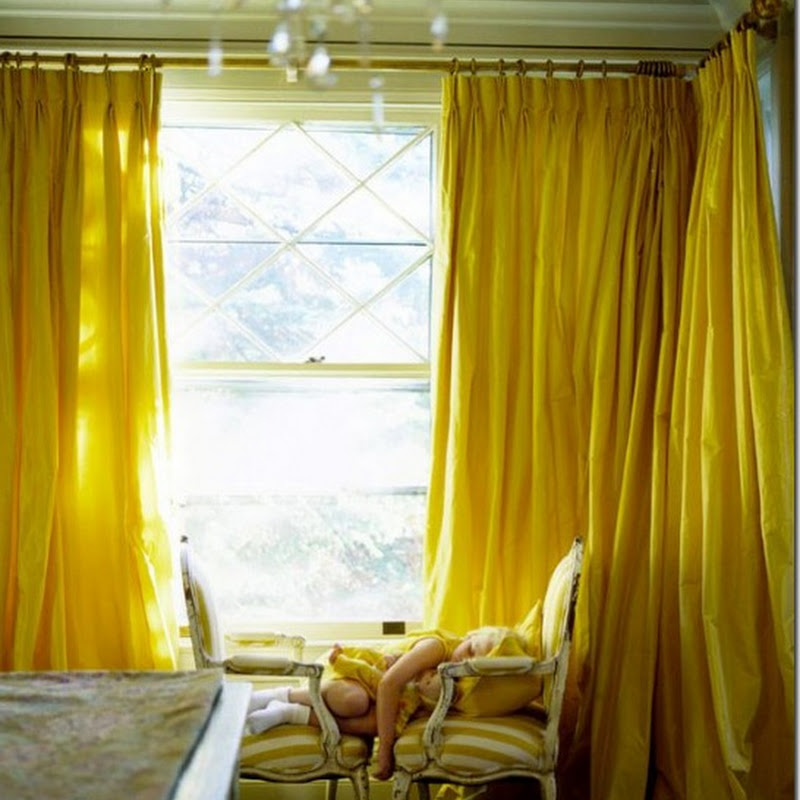Backing, sometimes called blocking is when a piece of wood in mounted between two studs or two ceiling joists. This can be done during framing of a new home or during an addition to an existing home, or during a renovation when the demolition exposes the studs and ceiling. The piece of backing or wood needs to be flush with the studs so there is a smooth surface when dry wall is applied.
The tapestry shown above is approximately 6' X 8' in size and is substantial in weight. To be able to screw the decorative hooks that hold the tapestry into backing will insure a much more stable mount than just mounting the hooks directly into drywall.
A mirror such as the one shown above is extremely heavy. Often a 1' X 4" board is mounted on the outside of the wall and screwed into a stud to insure stability. An easier solution is to have backing in the wall underneath the drywall.
 A pot rack is another example of something needing backing. A chandelier would need backing as well unless either of these are mounted in a joist. Again, talk to your builder to discuss what you might be hanging and where.
A pot rack is another example of something needing backing. A chandelier would need backing as well unless either of these are mounted in a joist. Again, talk to your builder to discuss what you might be hanging and where. Any kind of shelving unit needs backing whether it is a shelf to hold a heavy bust or a shelf used to hold picture frames.
Any kind of shelving unit needs backing whether it is a shelf to hold a heavy bust or a shelf used to hold picture frames.
A discussion about backing with your audio/video team is recommended. Where will televisions be mounted? What about stereo speakers?
Towel bars, towel rings, and towel hooks all need backing behind them, especially if you have young children. I know I have seen a towel bar pulled out of the drywall on many occasions.

Like the towel bar, I highly recommend that toilet paper holders be mounted into backing. Over time, the subtle movement applied when using toilet paper in addition to the movement applied when swapping out a roll will affect the stability of a toilet paper holder that is mounted only into drywall. A toilet paper holder mounted into backing is much more secure.
 Backing is ideal for securing the shower curtain rod.
Backing is ideal for securing the shower curtain rod.
 Handrails on staircases should be mounted into backing to insure a tight mount. If you expect to have an elderly relative move in or if you think this is the last home in which you will live, add backing to both sides of the stairs. When you add that additional handrail, it too will have a secure mount.
Handrails on staircases should be mounted into backing to insure a tight mount. If you expect to have an elderly relative move in or if you think this is the last home in which you will live, add backing to both sides of the stairs. When you add that additional handrail, it too will have a secure mount. The weight of window curtains can be quite heavy especially if they are lined and if a heavy fabric is used. Because they can be opened and closed daily, it is imperative to have backing in the wall where the curtain rod will be mounted to insure stability.
The weight of window curtains can be quite heavy especially if they are lined and if a heavy fabric is used. Because they can be opened and closed daily, it is imperative to have backing in the wall where the curtain rod will be mounted to insure stability. Whether you hunt trophy deer, elk, caribou, or other type of game or if you are a fisherman catching trophy fish and you plan to mount them on the wall, plan ahead for where these trophies will be mounted and put backing behind the drywall.
Whether you hunt trophy deer, elk, caribou, or other type of game or if you are a fisherman catching trophy fish and you plan to mount them on the wall, plan ahead for where these trophies will be mounted and put backing behind the drywall.(The white tail deer trophies shown in this photo are my son's, hunted with a bow and arrow. The meat is eaten.)
 Because of the weight of the coats, purses, etc. and the pulling motion to remove coats, purses, etc. adding backing behind the drywall is a smart thing to do.
Because of the weight of the coats, purses, etc. and the pulling motion to remove coats, purses, etc. adding backing behind the drywall is a smart thing to do.A few items found mounted on a garage wall include bicycles, kayaks, and tennis racquets. Make a list of what you might hang on your garage wall and discuss backing options with your builder. You may even decide on some type of wood walls. In this particular garage there is a wainscot of beadboard with drywall above, so backing was needed behind the drywall.














































































